General guidelines for healthy houseplants.
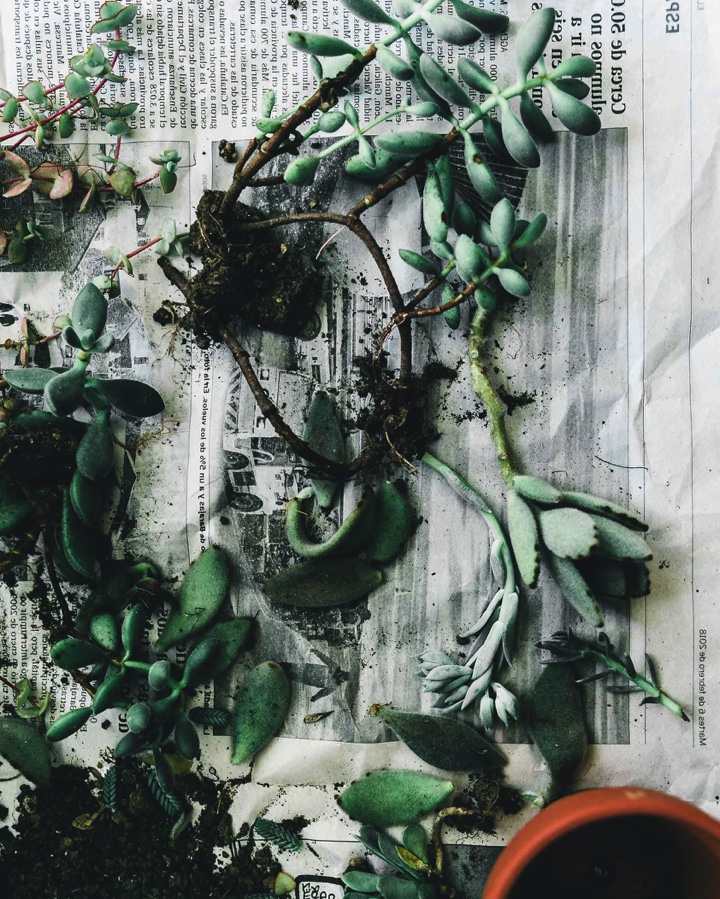
Light
Different plants require different amounts of light, for different durations. Photoperiodism is a consideration, since some plants such as Poinsettia and Schlumbergera are influenced by either decreasing or increasing daylight hours. It is possible to supplement window light with artificial lighting of suitable wavelengths.
Never go to a doctor whose office plants have died.
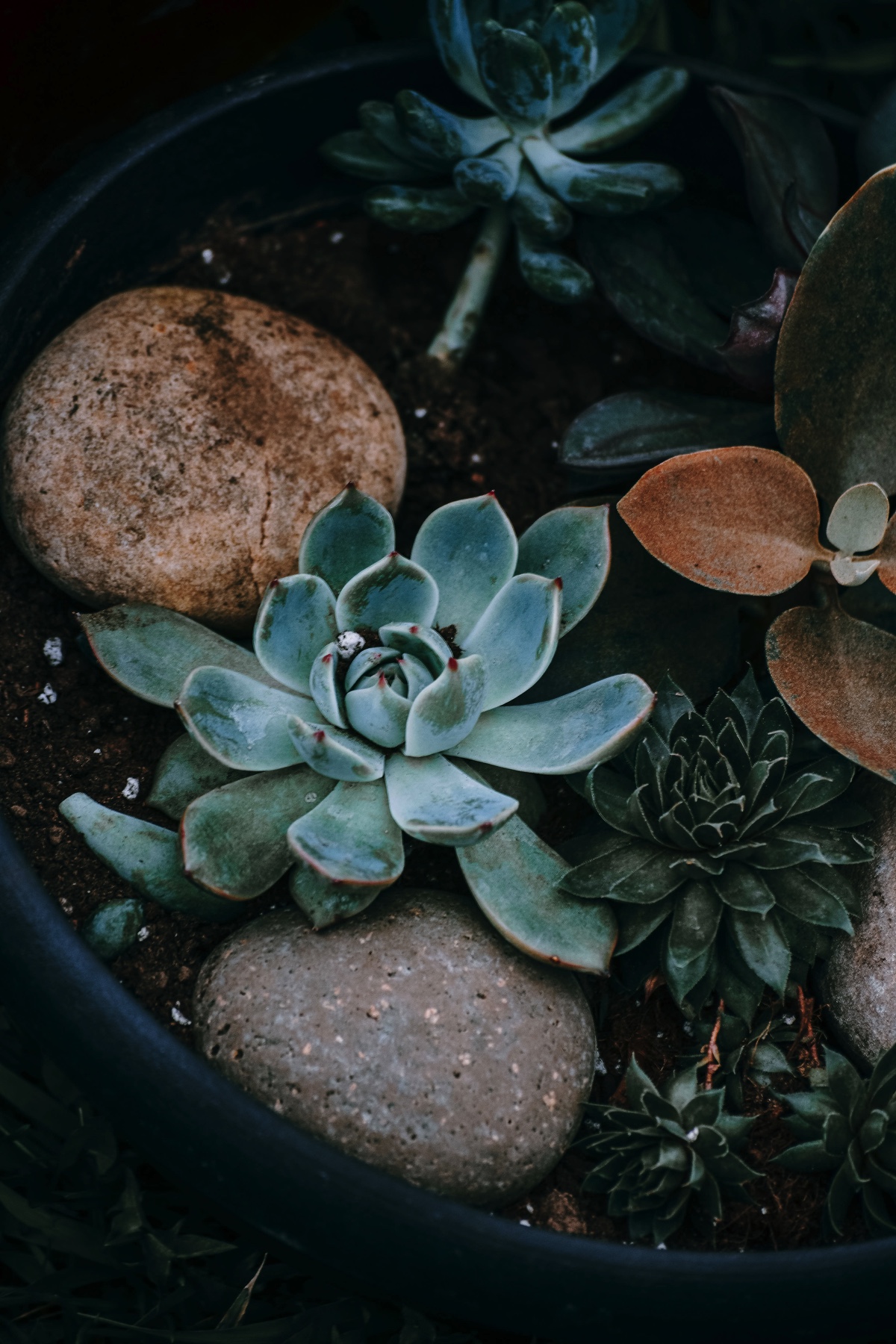
A houseplant is a plant grown indoors, such as residences and offices, namely for decorative purposes.
Common houseplants are usually tropical or semi-tropical epiphytes, succulents or cacti. Houseplants need the correct moisture, light levels, soil mixture, temperature, and humidity. As well, houseplants need the proper fertilizer and correct-sized pots.
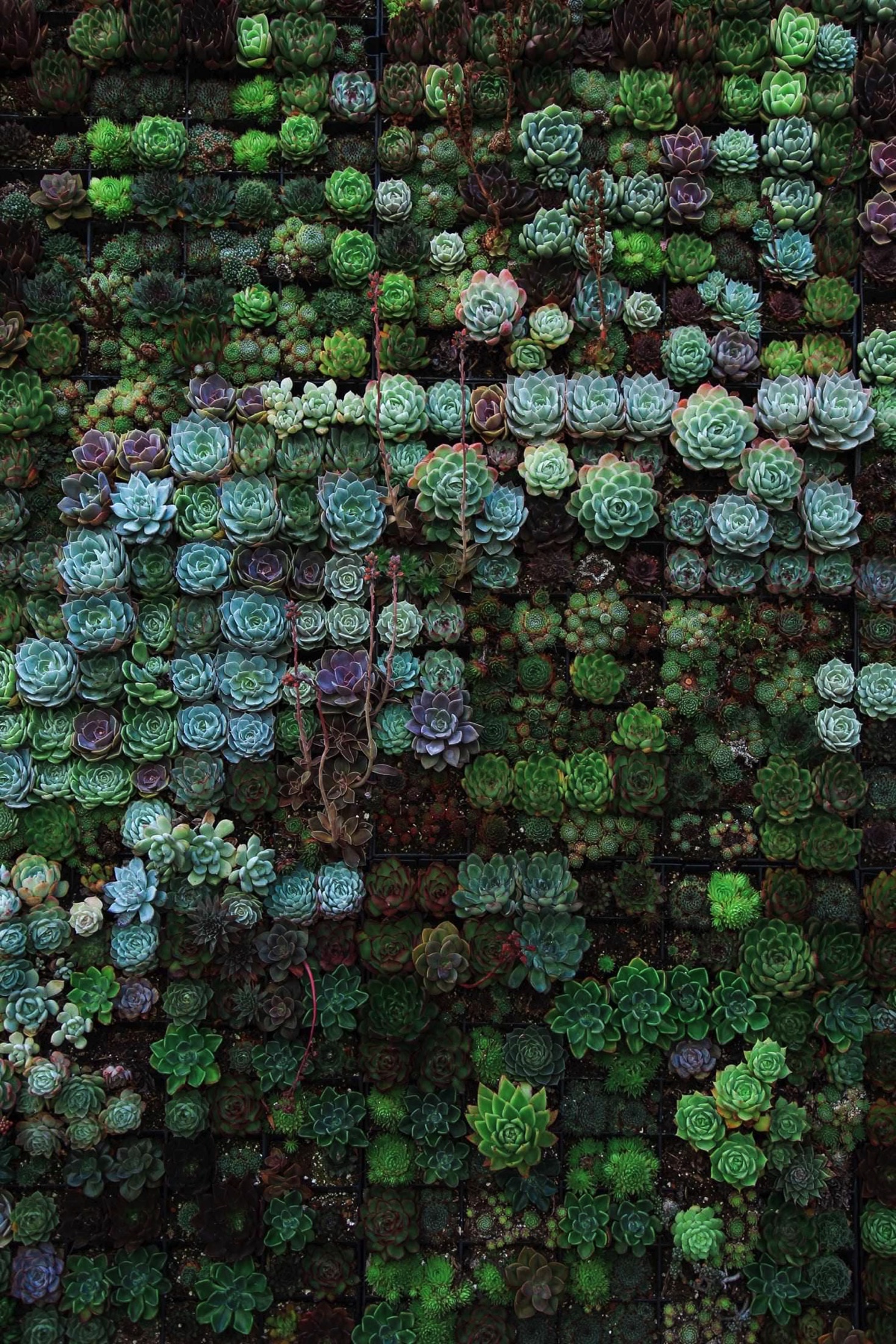
Temperature
Most houseplants are tropical evergreen species that adapted to survive in a tropical climate which ranges from 15°C to 25°C (60°F to 80°F) year-round. This is similar to the temperature in most homes.
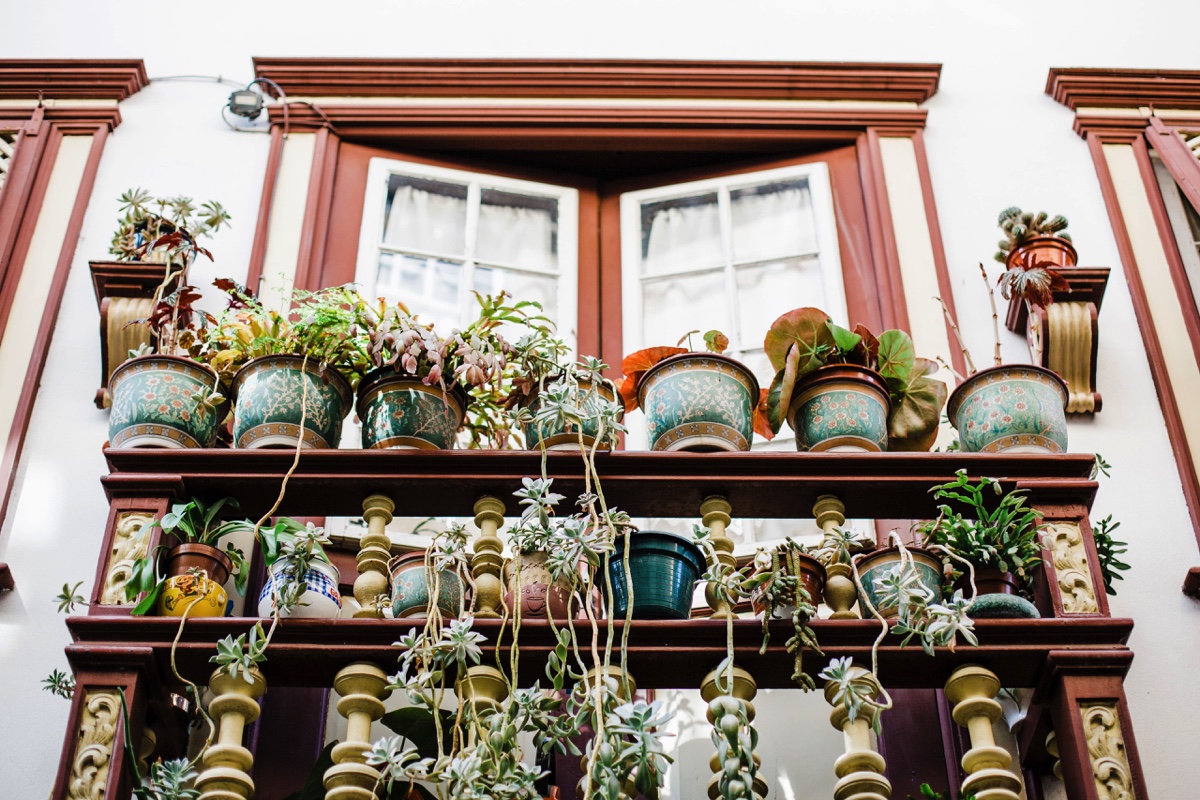
Proper pot size is an important factor to consider
A pot that is too large will cause root disease because of the excess moisture retained in the soil, while a pot that is too small will restrict a plant's growth. Generally, a plant can stay in the same pot for two or so years. Pots come in a variety of types as well, but usually can be broken down into two groups: porous and non-porous. Porous pots are usually clay and are highly recommended because they provide better aeration as air passes laterally through the sides of the pot. Non-porous pots such as glazed or plastic pots tend to hold moisture longer and restrict airflow. Another needed feature is the drainage holes. Usually, pots come with holes in the bottom to allow excess water to flow out of the soil which helps to prevent root rot. If a pot does not have drainage holes, it is best to double pot that plant so the inner pot can be lifted out and the excess water accumulated in the bottom of the outer pot can be removed. Soak old pots thoroughly in a solution of one part bleach to ten parts water to kill any bacteria that may remain.
Studies have also shown them to have positive psychological effects and as well as help with indoor air purification, since some species, and the soil-dwelling microbes associated with them, reduce indoor air pollution by absorbing volatile organic compounds including benzene, formaldehyde, and trichloroethylene.
While generally toxic to humans, such pollutants are absorbed by the plant and its soil-dwelling microbes without harm.
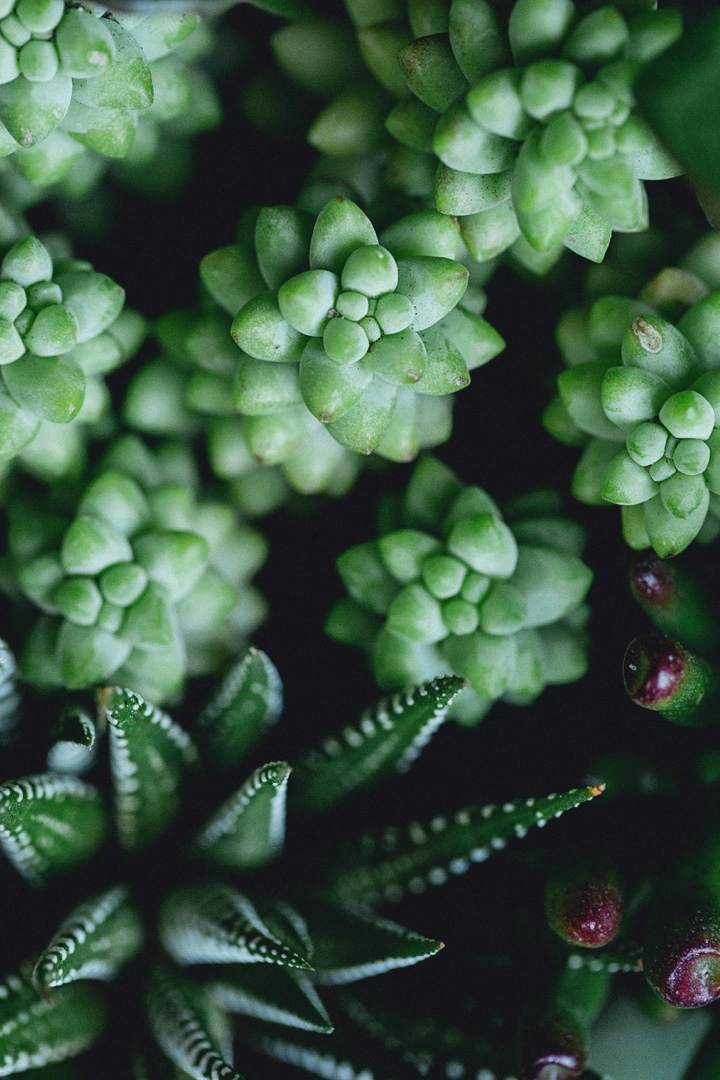
Plant requirements
- Moisture
- Light
- Soil
- Temperature
- Humidity
- Fertilizers
- Pot types and sizes
